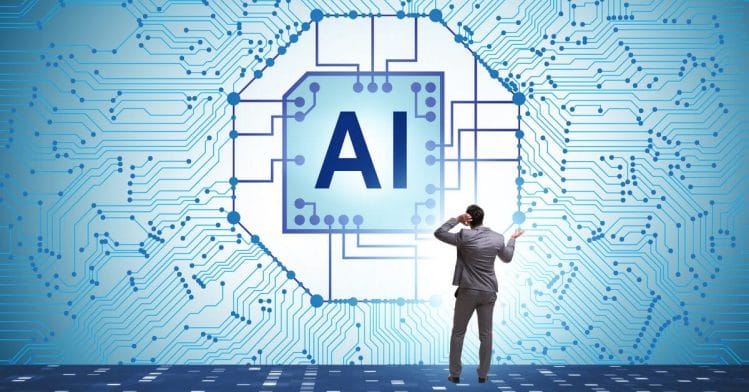Is technology taking us to the pinnacle of personalized education? With Google’s latest AI-powered features for education, unveiled at the UK’s Bett ed-tech event, this question is more relevant than ever. The tech giant’s innovations promise to revolutionize how educators interact with students, tailor learning experiences, and manage the classroom environment.
Let’s delve into Google’s grand plan for the educational space…
The centerpiece is their AI-enriched offerings, elevating the utility of widely used tools like YouTube, Google Forms, and Google Workspace to unprecedented heights.
For instance, imagine a classroom where teachers can seamlessly integrate questions into YouTube videos at precisely the right moments, enhancing engagement and retention. That’s now possible with Google’s AI suggesting questions at relevant timestamps, an advancement first teased in June 2023 and now reaching wider availability.

What’s more, Google’s AI doesn’t just quiz; it educates.
The Practice sets feature, speaking over 50 languages, doesn’t just correct; it coaches by furnishing answers and hints. This global reach is not just a technical marvel but a bridge across cultural and linguistic divides, ensuring equitable access to quality education.
Classroom management is another sphere Google aims to transform. Soon, teachers will segment classes into distinct groups within Google Classroom, tailoring assignments to meet diverse needs effectively. This level of customization in educational tools was once a distant dream, now brought to life by the integration of the speaker spotlight feature and eSignature facility—both designed to streamline the educational workflow.
Read: Chrome Introduces AI Writing Assistant and Innovative Tab Management
Accessibility, the cornerstone of inclusive education, also receives a significant boost. Features such as extracting text from PDFs for screen readers on ChromeOS and introducing closed captions in Google Meet are not just about convenience—they’re about breaking down barriers for students with disabilities.
But it doesn’t stop there. Chromebooks, essential tools in today’s classrooms, are evolving. Fifteen new models showcased at Bett will feature direct access to assignments from the home screen, bridging the gap between students and their tasks.
In light of these transformative features, what are the broader implications for the future of education? Precision in AI’s responsiveness to educational needs is key, as is ensuring balanced reporting on advancements and their real-world impact. The contextual background of bridging tech with teaching methodologies cannot be overstated. Moreover, the integration of these tools within legal frameworks, privacy concerns, and ethical use of AI in classrooms necessitates ongoing discussion.
Analytical depth reveals that Google’s foray is poised to redefine the educational landscape, but it’s critical to ground these tools in evidence and context. Reliability and the sources of these AI applications are crucial to building trust with educators and students alike.
Our Recommendations: Embracing the Future of AI in Education
As an independent voice in the AI and LLM realm, we understand the gravity of these advancements. For educators, we recommend diving into these features with a critical mind, exploring the AI’s capabilities, and understanding how they might best serve your educational objectives. Embrace the flexibility of grouping in Google Classroom, and consider the Practice sets as a means to provide tailored support to students. For students, take advantage of the accessibility options, particularly if you’re using screen readers or require closed captions. These tools are designed to make learning more accessible to you.
For the tech-savvy learners, keep an eye on the new Chromebooks. Their potential to streamline your study process cannot be underestimated. For policymakers and educational leaders, consider the implications of these technologies. How will they shape curricula, teacher training, and classroom management? Policies must evolve alongside these tools to maximize their benefits and mitigate any potential drawbacks.
Lastly, for the broader education community, these changes herald a shift toward a more inclusive, technologically integrated learning experience. Innovations like these have the potential to level the playing field, making quality education more accessible than ever before.
Read: DXwand Secures $4 M to Scale Its Conversational AI Platform
In conclusion, Google’s AI-powered features are more than just upgrades—they are the harbingers of an educational revolution. By offering nuanced support to students and educators alike, these tools could very well be laying the foundation for a future where personalized education is not a luxury, but a standard. As we stand at this technological precipice, it is essential to move forward with cautious optimism, ensuring that as we harness the power of AI, we remain steadfast in our commitment to education that is fair, inclusive, and human-centered.
What are your thoughts on the latest AI tools by Google? Let’s know in the comments.










